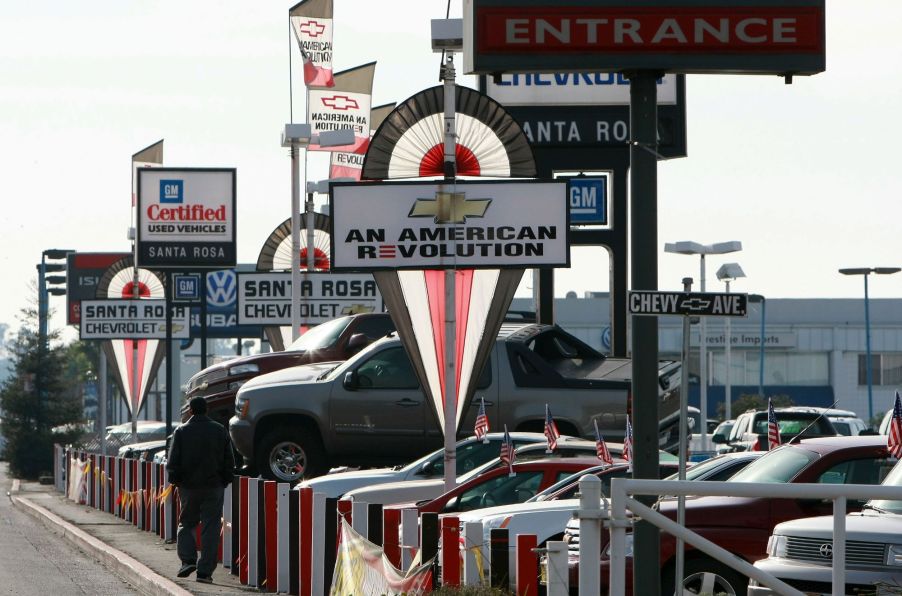
High Vehicle Prices Are Reportedly Expected to Stick Around
The ongoing global chip shortage has affected sales and output in different industries, including smartphone medical devices, and more prominently in the automobile industry. Car sales disruptions due to the chip shortage started in 2020. The demand for chips outstrips the supply, and automakers are among the most affected. That’s why you’re likely to pay more for your new vehicle.
What are the repercussions of chip shortage?

The global shortage of microchips led to a slowdown in the manufacturing and production of new vehicles. Leading automakers, including Volkswagen, Ford, and Jaguar Land Rover, have scaled down the production of new vehicles, shut down some of their factories, or laid-off workers. Nissan also reported they had shut a factory in Smyrna, while Honda is expecting fewer shipments.
Unfortunately, the increased demand for microchips has also spilled into the used car market, and today buyers are paying a higher price for used cars and trade-ins than in the previous few years. Statistics from the U.S. Department of Labor showed that used car prices rose by about 40% from the previous year compared to new car prices increased by 12%.
Microchips are essential components of modern-day automobiles. The automotive industry relies on chips for various tasks, including creating driver assistance systems and computer management of vehicle engines. According to Autodealer Today, these inventory constraints have affected the prices of both new and old cars.
The shortage of microchips has made automakers recheck their priorities. For instance, some vehicle manufacturers have prioritized the precious semiconductors for their most profitable vehicles, including SUVs, luxury vehicles, and full-size trucks.
When the global microchip shortage was at its peak, GM shut most of its manufacturing plants. The company left the SUVs and large trucks. Even Ford stopped making the F-series trucks.
Other causes of high vehicle prices
Experts reveal that the high vehicle prices are not only because of the global computer chip shortage and other factors such as shipping delays, increased labor, and production costs. For instance, used car dealerships have a small inventory making them raise their prices.
The global crisis on microchips also exists because the gap between ordering and delivery of the semiconductors is still high due to supply chain issues. The disruptions in the supply chain are not only affecting the microchips but also other components used to make vehicles, including plastics, glass, and harnesses. Because of these problems, it has caused an increase in prices for used and new cars.
The high vehicle prices are also due to inflation. According to the Labor Department, the overall consumer inflation in 2021 rose by 7%, the highest increase in 40 years. Truck and used car prices are most hit with a surge of 37% in the previous year.
Even after the reopening of the ports after the pandemic, the problem of microchip shortages is yet to end. The reason is that most of the transporters in the supply chain cannot handle the congestion in the ports.
Another reason for their high vehicle prices is that microchip manufacturers such as Microsoft and Sony are preparing to release their next-generation video game consoles for their Xbox and PlayStation brands, requiring more complicated chips. Wireless network providers have increased the demand for chips also to power their ultra-fast 5G services being rolled out globally.
Due to the issues of supply and demand, the vehicles that are getting into the market will be more expensive because the squeezed supply coincides with increasing demand.
The high vehicle prices are likely to stick around for a while
Although the global shortage of microchips seems to be slowing down, according to the manufacturers, the high vehicle prices are likely to stick around for a while. It will take time to rebalance the supply and demand. Also, ramping up production of microchips and vehicles will not be instantaneous.
The chip shortage and vehicle prices should slow down after 2023. However, it will take many months to start looking normal in the automobile industry. Hopefully, we can expect the coming year to be better.


